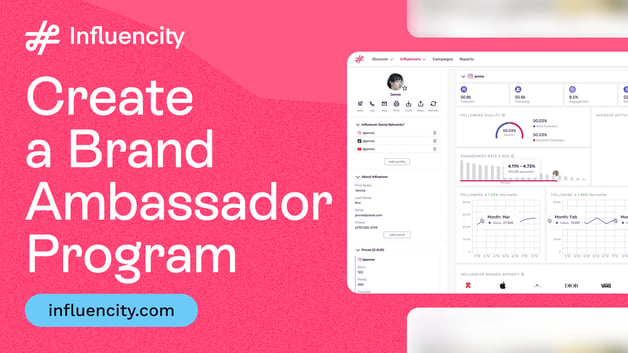Social Reach vs Engagement: Which is Better?
Shares, likes, retweets, clicks, comments, views, followers… the list goes on and on. Does it feel like a lot of data to handle? What if we told you that these are just a few of the most important metrics to bear in mind in Influencer Marketing?

Each and every one of these metrics is key for determining a campaign’s performance and also serve as guides for future strategies. Absolutely all of them bring something to the table.
But just like everything in life, trying to decide what data is most valuable, in this case, social reach or engagement, can cause some some controversy. Not quite sure yourself? Here are some tips to help you decide.
Social Reach: definition.
The social reach tells us how many social media users have seen your content. The potential reach of an influencer is therefore the number of followers they have on a social network, or in other words, the number of users they could potentially impact.
However, due to algorithms and other factors, such as publication frequency or timings, not all of an influencer’s followers will see every single one of their publications.
The differences between social reach and impressions
Perhaps at this point you’re asking yourself, “What’s the difference between social reach and impressions?” It’s simple: the number of impressions tells us the number of times content has been viewed.
For example, the social reach could be 5 people, whereas the impressions could be 10, meaning that each one of the impacted users has seen the content twice.
Engagement: definition.
You’ve probably heard this term millions of times, but do you know how to define it?
Engagement refers to user behaviour towards content, or in this case, the content that’s been produced and published by each of the influencers participating in a campaign. The engagement rate determines the influencer’s capacity to generate interaction with their content, as well as their capacity to provoke emotions from their public.
What does engagement measure?
Broadly speaking, you could say that engagement measures the emotions of social media users. Or, to be more specific:
Twitter: replies, retweets, URL clicks and likes.
Instagram: comments, likes, Instagram Story reach and URL clicks.
Youtube: comments, shares, views, number of likes/dislikes, URL clicks.
How do we calculate engagement?
An influencer’s engagement rate is calculated by adding together the interactions on their social media profile, dividing them by the number of followers and multiplying by 100.
Interactions/Followers x 100 = Influencer engagement %
An influencer’s engagement rate in a particular campaign is calculated by dividing the number of interactions generated by their publications, dividing it by their social reach and then multiplying by 100.
Interactions/social reach x 100 = Influencer engagement rate in a campaign.

Social Reach vs Engagement
Now that’s we’ve delved deeper into what exactly social reach and engagement measure, we can finally get round to deciding which one is more important… or maybe not. Why choose? Depending on the campaign or its objectives, either of the two could be more valuable.
Social reach, for example, is beneficial for campaigns with branding and awareness objectives, in which the brand seeks to impact the highest number of users possible within their target audience. In this particular case, using influencers who have high engagement rates is key for brands who are looking to generate traffic for their website, boost conversions, and engage new clients.
So, before deciding which KPIs are more important, we need to bear in mind the campaign’s objectives. Only then can you interpret the data and determine if your campaign is performing as you predicted.
Tags:




















%20and%20How%20Can%20They%20Benefit%20Your%20Brand%20article.jpg?length=628&name=What%20Are%20Key%20Opinion%20Leaders%20(KOL)%20and%20How%20Can%20They%20Benefit%20Your%20Brand%20article.jpg)








